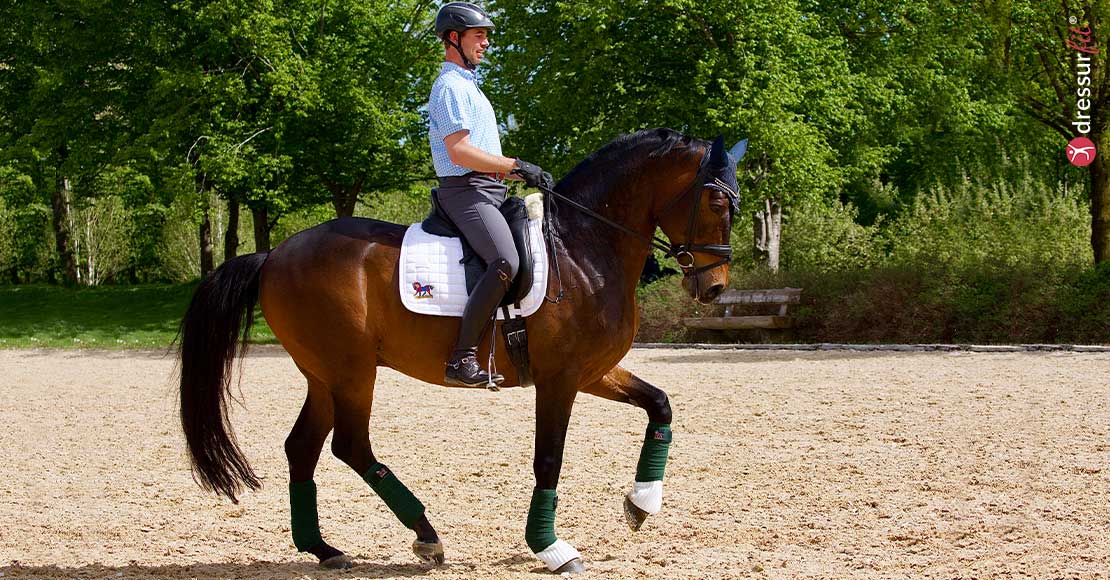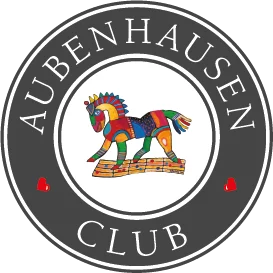
Train your horse with a plan in mind!
Strictly speaking, your training already begins in the stable before you even get on your horse. You as the rider, should have a plan in mind and know what you would like to work on and what you would like your horse to get out of today’s training. The two key questions are: What would I like to achieve with today’s training? And how do I get there? In other words: Always mount your horse with a plan in mind.
The different phases of a training session
The training session is generally divided into a warm-up phase, a working phase and a cool-down phase at the end. The key is to organise these phases in an optimal way for each individual horse. So that, ideally, you reach your daily goal or at least feel that you have made a step in the right direction.
How to structure your training session depends on your horse’s age and level of training as well as the current constitution of horse and rider. A plan is important, however, it’s equally important to stay flexible and adapt your training, if necessary. There may be days when your horse feels a bit tired, stiff or maybe more energetic than what you expected. At the end of the day, the rider’s feeling is essential. You have to decide what feels right for you and your horse at the time.
During the warm-up, the horse should become relaxed and supple – physically as well as mentally. You normally get there quickest in your horse’s favourite gait and with easy exercises. The horse is brought into balance on curved and straight lines. It should activate its haunches, carry itself through the back and relax its front.
To get the most out of your training, it’s crucial to find the right moment to finish your warm-up and start with your working-phase. Just like humans, horses learn most effectively when they’ve had some time to prepare but are still fresh and motivated. Your horse should be relaxed and supple enough, but still have plenty of energy to enjoy the work. During your working phase, you can teach new things and improve what’s already known. Try to increase the level of difficulty of the exercises incrementally. If you’re trying to teach your horse something new, try to prepare your horse step-by-step to make it easy for your horse. If your goal is to introduce the half pass for example, you can start with a volt and continue with haunches-in on the outside track. As a next step, you could, for example, try a few steps of half-pass on the diagonal and then continue the diagonal in a straight line or go directly into a volt again. This way, you can work on the correct bend and impulsion until you can finally put all the pieces together and do a half pass along the whole diagonal.
If on a good day, you reach your daily goal sooner than expected, it’s normally best to take that and finish your work, rather than adding more and more exercises, because it’s going so well. Enjoy your success and mentally prepare for your next training session. That way, you keep your horse motivated and eager to learn new things and you don’t risk ending your training session with a negative experience.
During the cool-down at the end, find something positive to finish with, so you can give your horse lots of praise and positive feedback. Make sure you never end a training session with a dispute between horse and rider. Maybe stretch the horse forward and downwards once again to help your horse cool down and relax, and finish with a smile on your face. In the interview, Jessica and Benjamin talk about their training concept and what’s important to them when training their horses.
Would you like to get a personal training plan to effectively work on improving your dressage seat? Join the DressurFit® programme by clicking here!
